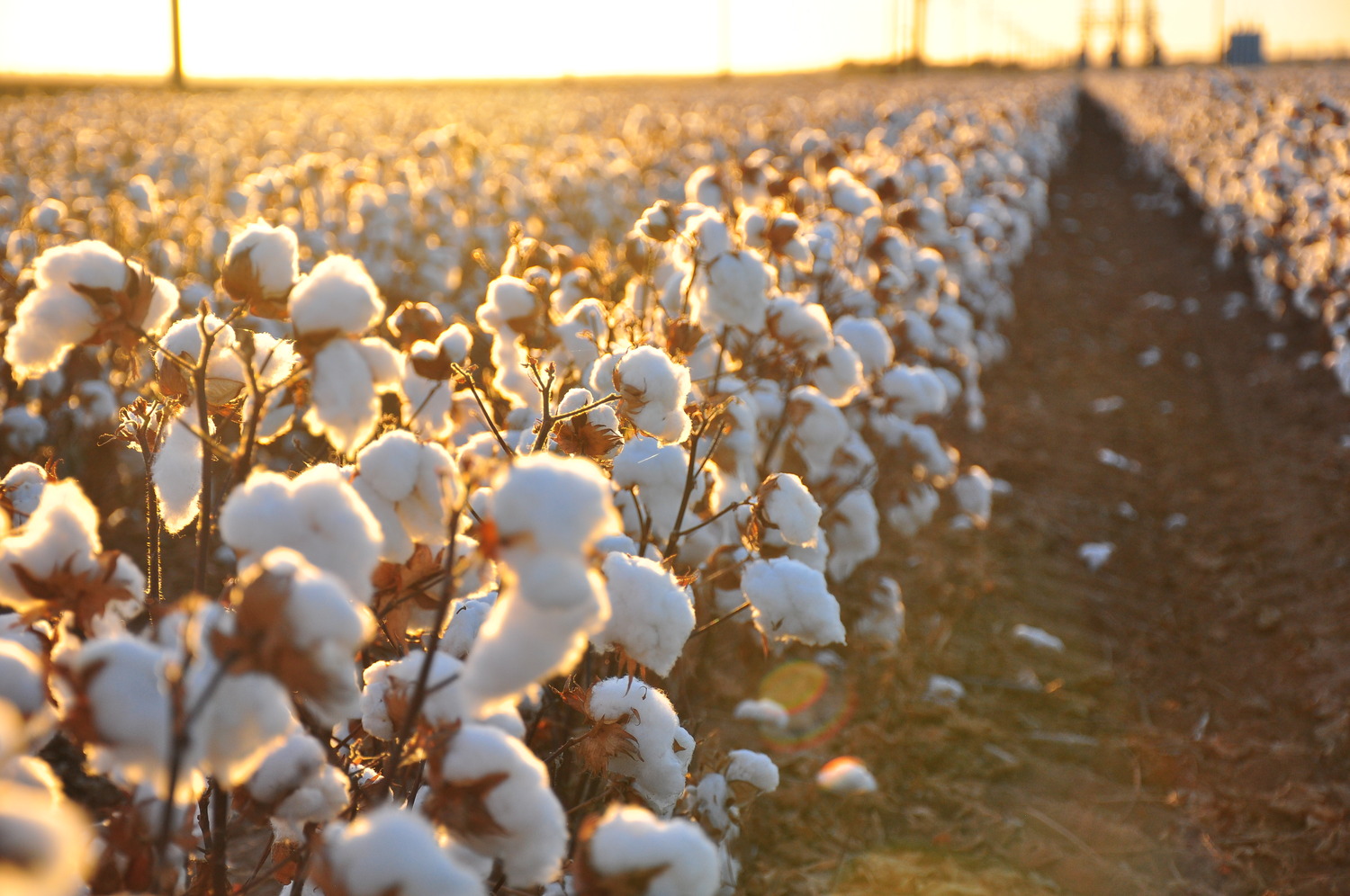Despite the global popularity of Egyptian cotton by virtue of the country’s long history in growing the crop, some local textile manufacturers have chosen to rely on U.S. cotton instead.
A report published by the U.S. Department of Agriculture’s Foreign Agricultural Service (FAS) highlights that U.S. exports of lint cotton to Egypt increased by 30 percent or USD 12.282 million to reach USD 40 million in the past year compared to USD 27,733 million in 2014.
The FAS had previously warned of the deteriorating quality of Egyptian cotton, which it attributed to the mixing of extra-long staple cotton like Giza 86 and Giza 88 with medium-staple types like Giza 90 when growing the crops.
Although Egyptian law prohibits growing the wrong types of cotton in particular agricultural lands, the FAS pointed that the security fallout that followed the January 2011 uprising has led to a lack of implementation.
Egypt’s agriculture ministry is responsible for the organisation of cotton production, allocating the production of short- and medium-staple cotton in Upper Egypt while the long-staple types are concentrated in the Delta region.
Cotton production in Egypt is made up of about 90 percent extra-long and long-staple cotton, while 10 percent are short and medium staple varieties, another U.S. report stated.
According to the FAS, some manufacturers chose U.S. Pima cotton as a better alternative to Egyptian cotton due to its higher quality.
“Although the prices of U.S. Pima cotton are higher than Egyptian extra-long staple cotton, the deterioration of the Egyptian extra-long staple cotton forced local spinners to rely on Pima cotton to produce high quality yarn,” the report read.
According to the report, Egyptian extra-long staple cotton was sold to spinners at EGP 891/ qintar (USD 100.6/ qintar) while imported U.S. Pima cotton was sold at EGP 1400-1698/ qintar (USD 158-192/ qintar) during the last quarter of 2015.
Last week, a scandal involving the alleged sale of falsely labeled Egyptian cotton products by an Indian textile manufacturer to U.S. big box retailers sparked concern regarding the shortage of cotton from Egypt.
The decline in production of Egyptian cotton has been exacerbated in recent years after the government removed cash subsidies, and many farmers replaced cotton acreage with rice, according to the report.
The recent scandal could make U.S. retailers wary of dealing with products labeled Egyptian cotton, “potentially providing a boon to growers of U.S. Pima cotton in places like California and Arizona,” according to a Reuters report.
Egypt is famous for its extra-long and long-staple cotton, which are highly praised as the longer length of cotton fiber results in finer fabric. However, the extra-long and long-staple cotton are unsuitable for many textile operations as these rely on short- and medium-staple varieties.
This content is from Aswat Masriya






Comments (0)